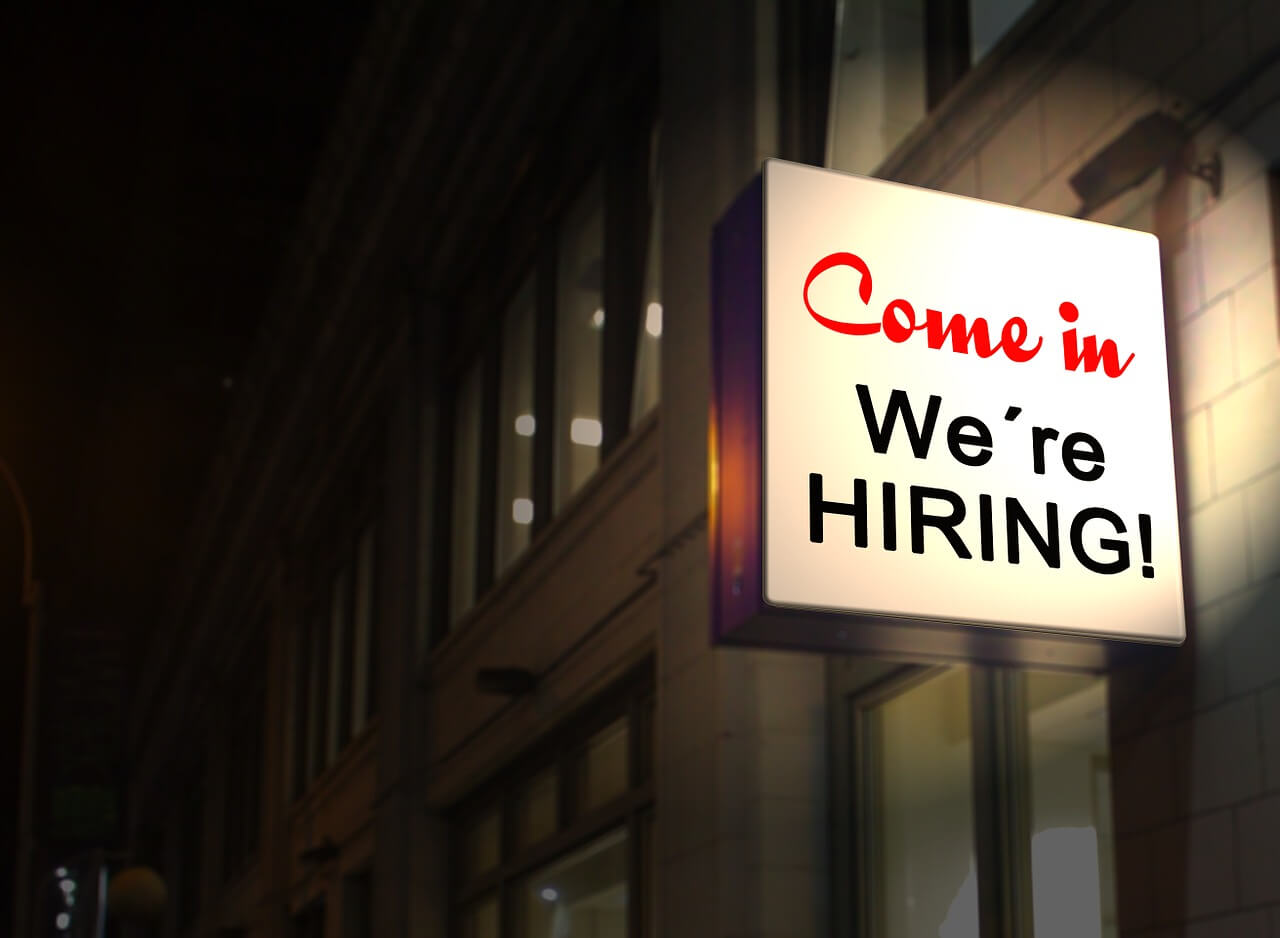All Eyes on the Non-Farm Payroll

- ADP employment figures missed slightly
- Federal Reserve under pressure to cut rates
- Employment and consumer under microscope
Out of the central banks around the world, the Federal Reserve has been the most hesitant to cut interest rates in what has been a slow growth environment globally. Although it has recently cut interest rates, it’s well behind the curve when it comes to other central banks, such as the European Central Bank, Bank of Japan, Swiss National Bank, and so on. In fact, there have been over 30 central banks around the world cutting rates in the last six months.
Employment – the last hurdle
As the US economy is 70% consumer-driven, employment has a special place in the chain of importance when it comes to the Federal Reserve. The line of thinking is that if employment starts to shrink, consumers spend less, which then puts a drag on the economy. With the historic lows in interest rates that we have seen over the last decade, money continues to flow into the credit markets, allowing anything from stock buy-backs, to capital expenditures by manufacturers, and the housing market boom.
The biggest problem the US faces currently is a lack of workers. Unemployment has been at historic lows for almost every subgroup for months. However, as there are a lot of recessionary worries around the world, traders begin to worry about the possibility of the US being sucked into the global economic slowdown. The US consumer is essentially the “last man standing” when it comes to keeping the global economy afloat, and if they start to feel the pain themselves, that could be the last straw.
Expectations for the NFP
The expectations for the non-farm payroll announcement is that 140,000 jobs will have been added for the month of September. Average hourly earnings are anticipated to rise by 0.3%, while the unemployment rate is anticipated to be 3.7%. The announcement comes out at 8:30 am, New York time on Friday, so obviously the world will be watching.
Expectations may be tempered slightly though, as the ADP Non-Farm Employment Change figure came out at 135,000 jobs added, which is a measure of private payroll company ADP data. While not necessarily a one-to-one ratio, ADP is often a harbinger of how the jobs figure will come out.
Ironically, if the jobs number comes out lower than anticipated, you may see an initial “knee-jerk reaction” into a “risk-off” position. However, as time goes on, it’s very likely the Americans will turn around and start buying stocks and other risk assets. That will certainly put another reason in the mind of the Federal Reserve to start cutting rates, thereby throwing money away from risk-free assets such as treasuries and into speculative markets.

